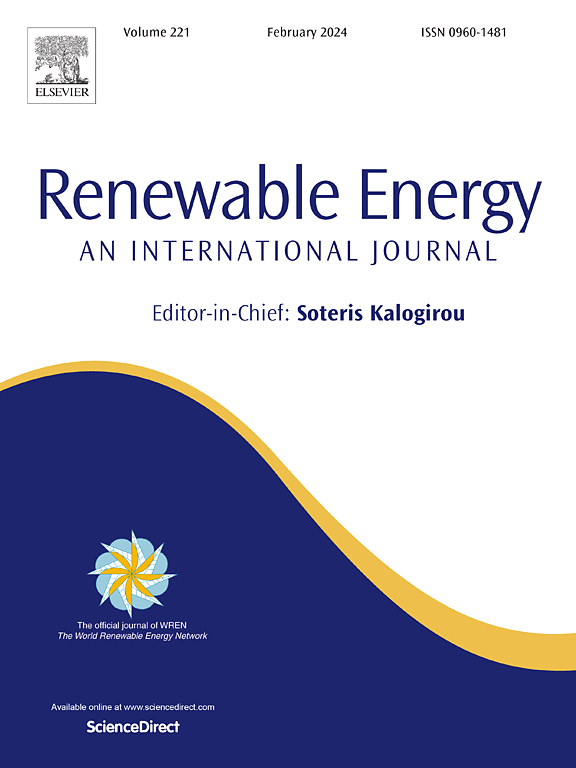Design, techno-economic feasibility analysis, and sensitivity study of an off-grid hybrid microgrid for developing communities
IF 9.1
1区 工程技术
Q1 ENERGY & FUELS
引用次数: 0
Abstract
Providing a consistent energy supply to remote communities continues to be a substantial challenge. The majority of remote areas, particularly Tiba in Luxor City, Egypt, have extremely limited access to reliable energy sources. This paper is an attempt to design and evaluate a stand-alone microgrid that includes a variety of renewable energy sources, such as wind turbines, photovoltaics, and digestion plants. The data utilized in this study is derived from resource assessments of the Tiba region, which is abundant in renewable energy potential, including favorable wind conditions and accessible bioresources for digestion. To evaluate performance, sensitivity analysis was conducted on critical techno-economic parameters, such as cost, energy production, and resource availability, over a 20-year operations cycle. The results obtained suggest that the hybrid microgrid system is technically feasible and economically viable, with a levelized cost of electricity of 0.1158 $/kWh and a net present cost of 6,894,772 $. The photovoltaics contribute approximately 48.4 % of the energy, while the wind turbines contribute 45.6 %. The digestion plant contributes approximately 6 % of the energy. According to these results, hybrid systems of this nature could be crucial in the provision of sustainable and resilient energy solutions in comparable regions. Policy implications include suggestions for promoting the development of renewable energy-driven microgrids to increase energy security and advance sustainable development in remote regions.
发展中社区离网混合微电网的设计、技术经济可行性分析及敏感性研究
向偏远社区提供持续的能源供应仍然是一项重大挑战。大多数偏远地区,特别是埃及卢克索市的Tiba,获得可靠能源的机会极其有限。本文试图设计和评估一个独立的微电网,其中包括各种可再生能源,如风力涡轮机、光伏发电和消化装置。本研究使用的数据来源于Tiba地区的资源评估,该地区具有丰富的可再生能源潜力,包括有利的风力条件和可消化的生物资源。为了评估性能,对20年作业周期内的关键技术经济参数(如成本、能源生产和资源可用性)进行了敏感性分析。结果表明,混合微电网系统在技术上和经济上都是可行的,其平准化电力成本为0.1158美元/千瓦时,净现值成本为6,894,772美元。光伏发电贡献了大约48.4%的能源,而风力涡轮机贡献了45.6%。消化装置贡献了大约6%的能量。根据这些结果,这种性质的混合系统在可比地区提供可持续和有弹性的能源解决方案方面可能至关重要。政策影响包括促进可再生能源驱动微电网的发展,以提高能源安全和促进偏远地区的可持续发展。
本文章由计算机程序翻译,如有差异,请以英文原文为准。
求助全文
约1分钟内获得全文
求助全文
来源期刊

Renewable Energy
工程技术-能源与燃料
CiteScore
18.40
自引率
9.20%
发文量
1955
审稿时长
6.6 months
期刊介绍:
Renewable Energy journal is dedicated to advancing knowledge and disseminating insights on various topics and technologies within renewable energy systems and components. Our mission is to support researchers, engineers, economists, manufacturers, NGOs, associations, and societies in staying updated on new developments in their respective fields and applying alternative energy solutions to current practices.
As an international, multidisciplinary journal in renewable energy engineering and research, we strive to be a premier peer-reviewed platform and a trusted source of original research and reviews in the field of renewable energy. Join us in our endeavor to drive innovation and progress in sustainable energy solutions.
 求助内容:
求助内容: 应助结果提醒方式:
应助结果提醒方式:


